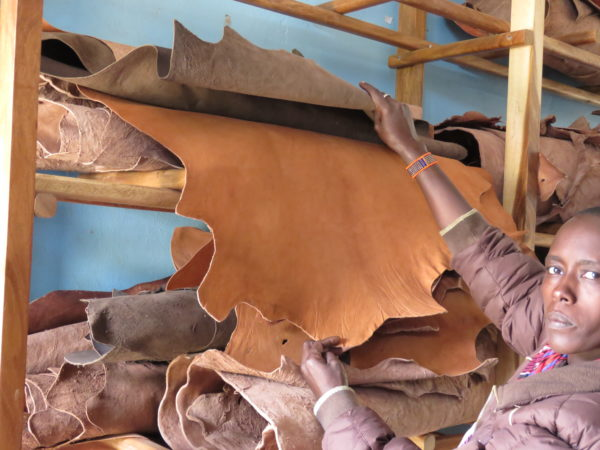Tanzania’s Leather Industry: A Pathway to $1 Trillion Economy by 2050

With more than 36 million cattle, 25 million goats, and 18 million sheep, Tanzania ranks second in Africa for livestock population (after Ethiopia) and 10th globally. If managed well, Tanzania’s leather industry could add billions to annual GDP, diversify exports, and absorb thousands of unemployed youth.
Tanzania stands at the threshold of a massive industrial opportunity: transforming its abundant livestock resources into a globally competitive leather and footwear industry. With more than 36 million cattle, 25 million goats, and 18 million sheep, Tanzania ranks second in Africa for livestock population (after Ethiopia) and 10th globally. Yet, less than 10% of hides and skins are processed into finished leather locally, while most are exported raw at minimal value.
If harnessed strategically, the leather sector could become a cornerstone of Tanzania’s ambition to reach a $1 trillion economy by 2050.
A Shift in Economic Scale
Italy, the world leader in high-quality leather footwear, exports over $13 billion worth of shoes annually, despite having a livestock population far smaller than Tanzania’s. By learning from Italy’s model of design, branding, and value chain integration, Tanzania could reposition itself not just as a raw material supplier, but as a global hub for leather goods.
The potential is staggering. The global leather goods market is valued at $400 billion and projected to keep growing. If Tanzania could capture even 1% of this market, that would equal $4 billion annually equivalent to nearly 5% of Tanzania’s current GDP.
Exports and Fiscal Revenues
A strong leather industry would significantly expand Tanzania’s export base beyond gold, coffee, and cashews. Processed leather products fetch up to 10 times more value than raw hides.
- Raw hide export price: $5–10 per unit
- Finished leather shoes export price: $50–200 per pair
If Tanzania processes even half of its hides into finished goods, export earnings could rise from the current $30–40 million to more than $1.5 billion annually, strengthening fiscal revenues through taxes, royalties, and value-added trade.
Jobs and Industrial Linkages
The employment potential is immense. While livestock farming already supports millions of rural households, modern tanneries, shoe factories, and design hubs could create:
- 50,000 direct jobs in manufacturing and tanneries
- 200,000 indirect jobs in logistics, retail, and marketing
- Opportunities for youth and women in leather design, branding, and entrepreneurship
The linkage effects would also stimulate small-scale leather workshops, artisanal shoe makers, and agro-processing clusters across regions like Shinyanga, Mwanza, Arusha, and Morogoro, where livestock numbers are highest.
Risks and Challenges
The potential is enormous, but so are the barriers:
- Infrastructure gaps: Limited modern tanneries and inadequate cold chain facilities cause wastage.
- Skill shortages: Few specialized programs for leather design, processing, and footwear engineering.
- Market positioning: Tanzania’s products lack global branding and quality recognition.
- Environmental concerns: Tanneries require eco-friendly waste treatment systems.
- Value leakage: Export of raw hides instead of processed goods continues.
The Policy Imperative
For Tanzania to turn livestock wealth into a leather industrial powerhouse, five imperatives stand out:
- Invest in modern tanneries – Upgrade facilities with eco-friendly technology to meet global standards.
- Develop skills and design hubs – Establish leather design and technology institutes like those in Italy. Empower local industries like DIT, SIDO and locally artisan.
- Promote local industries – Provide tax incentives, credit, and infrastructure for SMEs in footwear.
- Brand “Made in Tanzania” leather – Position the country as a source of premium African leather.
- Strengthen value chains – Improve cold storage, logistics, and contract farming to reduce waste.
The Outlook
If managed well, Tanzania’s leather industry could add billions to annual GDP, diversify exports, and absorb thousands of unemployed youth. By climbing the value chain from hides to high-end footwear, Tanzania can replicate Italy’s success, transform rural livestock wealth into industrial power, and take a giant step toward the $1 trillion economy vision of 2050.
